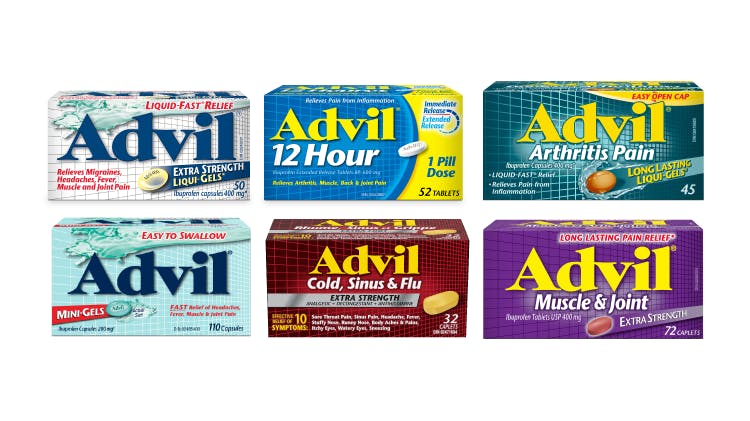Causes of fever

How does fever occur?
Fever occurs when the hypothalamus resets the normal body temperature point to a higher level. Although the body is still working to balance the heat produced with that which it releases, since the set-point is now higher, body temperature rises.1
An increase in body temperature may occur due to various reasons such as release of certain chemicals called cytokines in response to invading microorganisms, cancer cells, or any other foreign matter. It is also in response to the body producing white blood cells and antibodies to protect it from invading foreign matter.2
Common causes of fever

Infectious causes of fever
Any form of infection can cause the body to respond with a fever. These include viral and bacterial infections such as:3,4
| Viral infections |
|
| Bacterial infections |
|
The above list contains examples of viral and bacterial infections and is not all encompassing.
Understanding fever
How do the signs and symptoms of fever present?
Refresh your knowledge on the signs and symptoms of fever, and learn about “red flag” symptoms that indicate when a referral to a doctor is necessary.
What can you recommend to your patients for fever?
Find out more about non-pharmacological and pharmacological treatments for fever in both children and adults.
Learn more

Acute pain and/or fever relief products for adults
Help your adult patients manage their acute pain and fever with the full range of effective and well-studied pain-relieving Advil products.7,8

Children’s Advil — helping parents relieve children’s fever and pain
With proven efficacy in different types of pain and a well-established safety profile – you can trust the pain relief of ibuprofen in Advil.8,9

Musculoskeletal pain
Learn more about acute strains and sprains and how they can be relieved.
